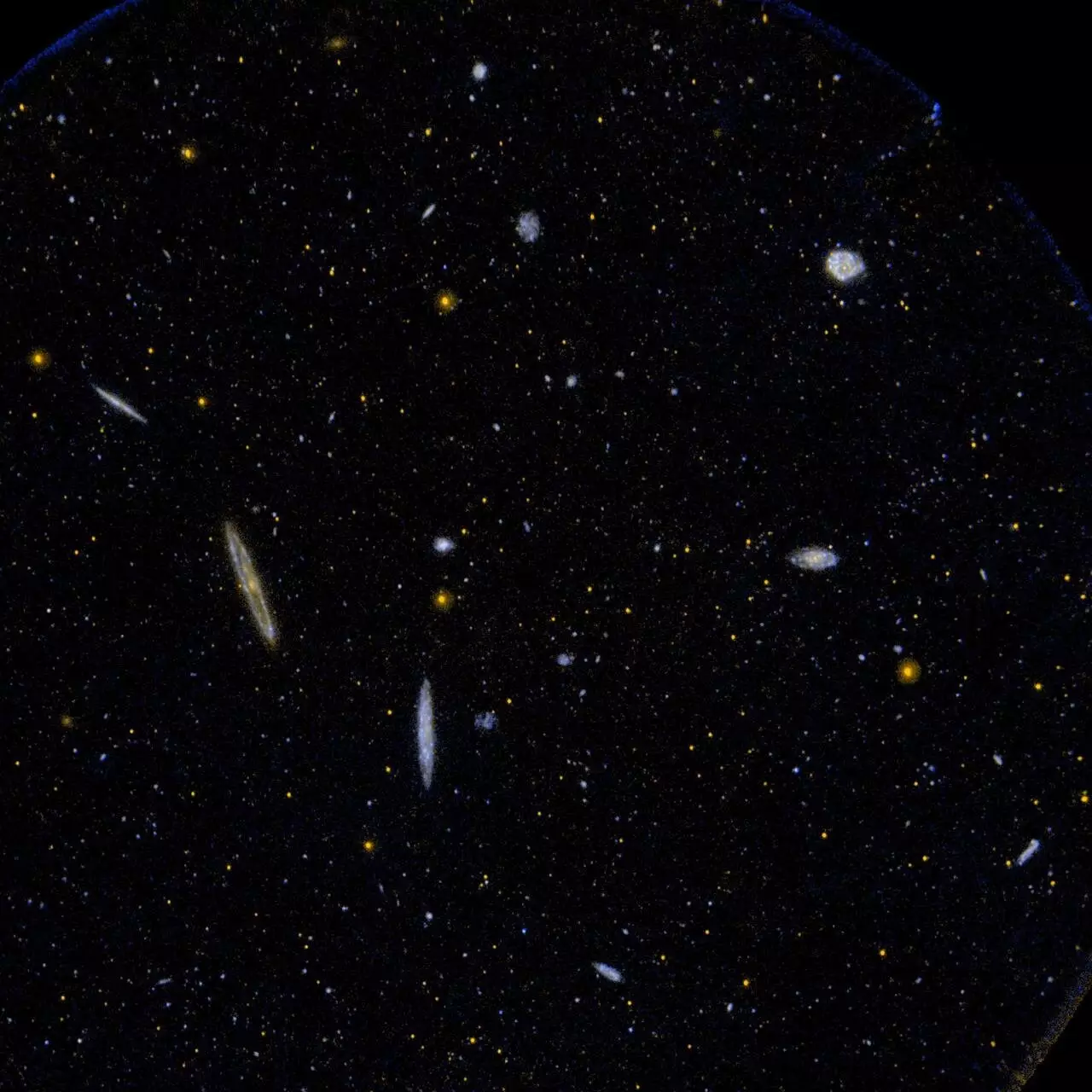Recent astronomical discoveries have driven a fresh wave of curiosity within the scientific community, particularly regarding the formation of our universe. A new study conducted by researchers at Southern Methodist University (SMU) and three other institutions has posed important questions regarding the validity of established physics theories. The implications of this research, now available on the arXiv preprint server, may very well reshape the fundamentals of physics education globally. Emerging insights from the Dark Energy Spectroscopic Instrument (DESI) have illuminated peculiarities within cosmic structures that contradict our long-held assumptions about the universe’s behavior and its constituent particles.
The analysis conducted through high-performance computing resources at SMU has been pivotal in parsing through these unexpected findings. Joel Meyers, an associate professor of physics at SMU and one of the co-authors of the study, expressed the necessity of further exploration: “The new DESI data, arguably the most precise we have encountered, is revealing phenomena that challenge conventional wisdom. Understanding the basis for these discrepancies is essential.”
The DESI system is monumental in scope. By creating an expansive three-dimensional map of the universe, it allows researchers to gauge critical variables such as the absolute mass scale of neutrinos, elemental players in the grand cosmic theatre. This mass scale can refine our comprehension of how matter organizes itself, based on novel measurements from baryonic acoustic oscillations—essentially the echoes of the early universe captured in the cosmic microwave background radiation.
Throughout cosmic history, neutrinos, being among the most numerous and elusive subatomic particles, have profoundly influenced the evolution of large-scale structures, including the clusters of galaxies we observe today. Historically, cosmologists have asserted that the mass of these neutrinos has inhibited the clumping of matter across vast spatial expanses; however, Meyers’ research indicates that the opposing trend may actually be underway. He posits, “Rather than observing the anticipated suppression of matter clustering, our findings suggest an unpredicted enhancement, indicating a more pronounced grouping of matter in the universe.”
This unexpected revelation prompts critical reflection on the Standard Model of particle physics, which serves as the foundational framework in educational curricula. Historically, this model has been revered as the best theory available, elucidating how fundamental components of matter interact. Yet the anomalies expressed in the current research hint at possible shortcomings that could indicate a need to modify this well-established framework.
Meyers notes that the discrepancies could either result from systematic errors in measurement or could very well necessitate the introduction of new physics concepts. “To resolve these mysteries, it is crucial to thoroughly investigate every avenue, including re-examination of prior assumptions about the Standard Model,” he states. The specter of “Hubble tension,” another phenomenon where different measures of the universe’s expansion rate yield conflicting results, further complicates our understanding.
The pathway toward deciphering the true nature of these cosmic phenomena is fraught with challenges; comprehensive understanding will take years of rigorous investigation and experimentation. In the interim, the blueprint provided by this study will guide future cosmological research, offering multifaceted approaches to test theories and refine understandings.
Moreover, the findings emphasize the significance of collaboration among institutions, pooling specialized expertise from theoretical physics and astrophysics to better address these profound questions. In unveiling these cosmic enigmas, researchers are not merely unveiling the universe’s secrets; they are also laying the groundwork for potentially groundbreaking advancements in physics that may expand our comprehension of not just the cosmos but the fundamental mechanics of reality itself.
The dialogue surrounding the necessity of “new physics” is no longer speculative; it is becoming increasingly imperative. As we stand on the precipice of potentially revolutionary discoveries, the scientific community is reminded of the relentless nature of inquiry—the quest for knowledge that continually propels us forward, breaking down barriers and expanding horizons in our journey to understand the universe we inhabit.


Leave a Reply